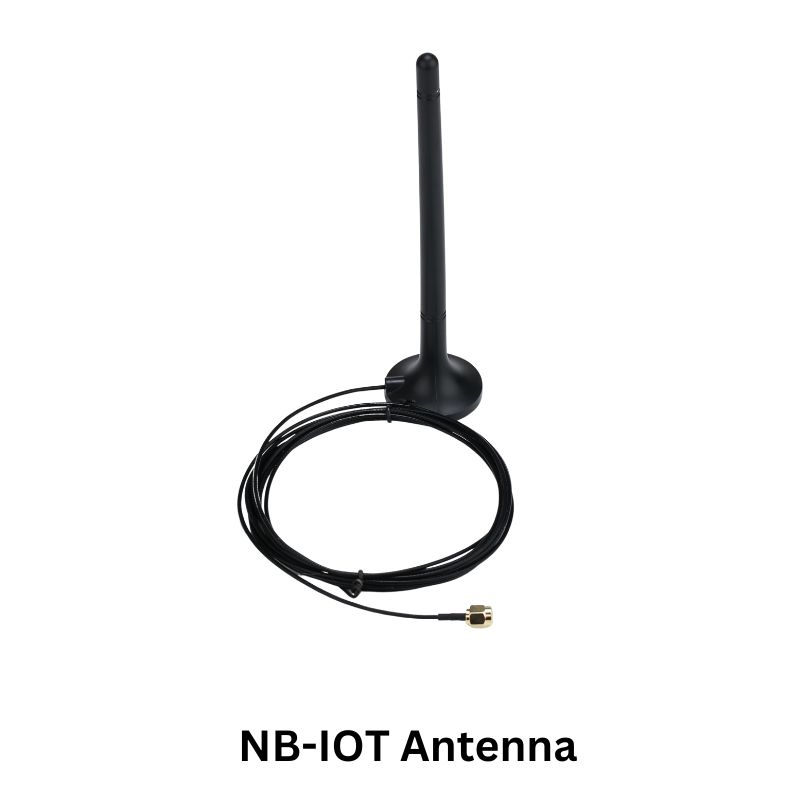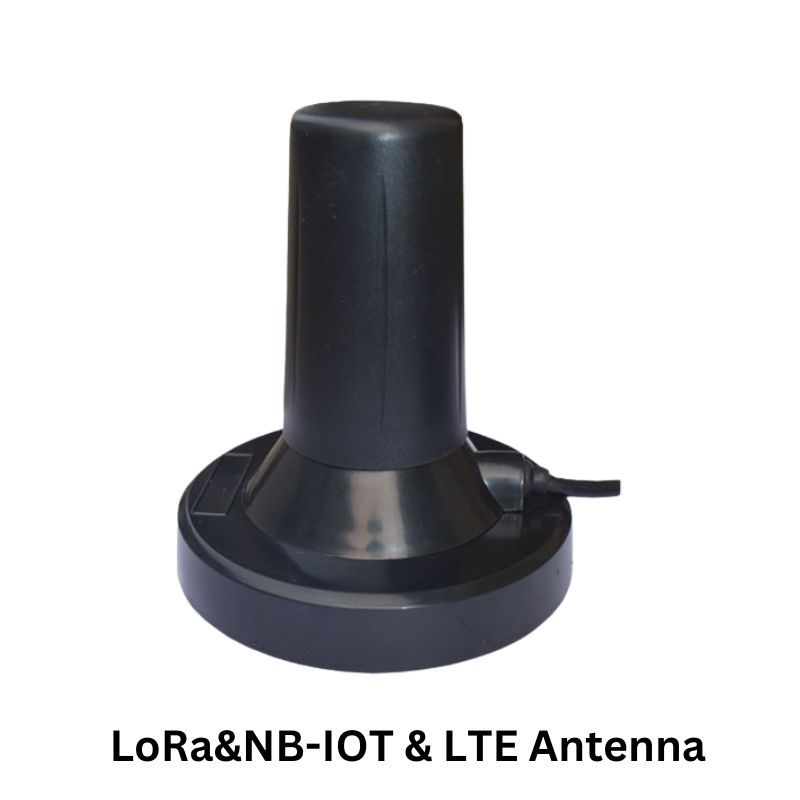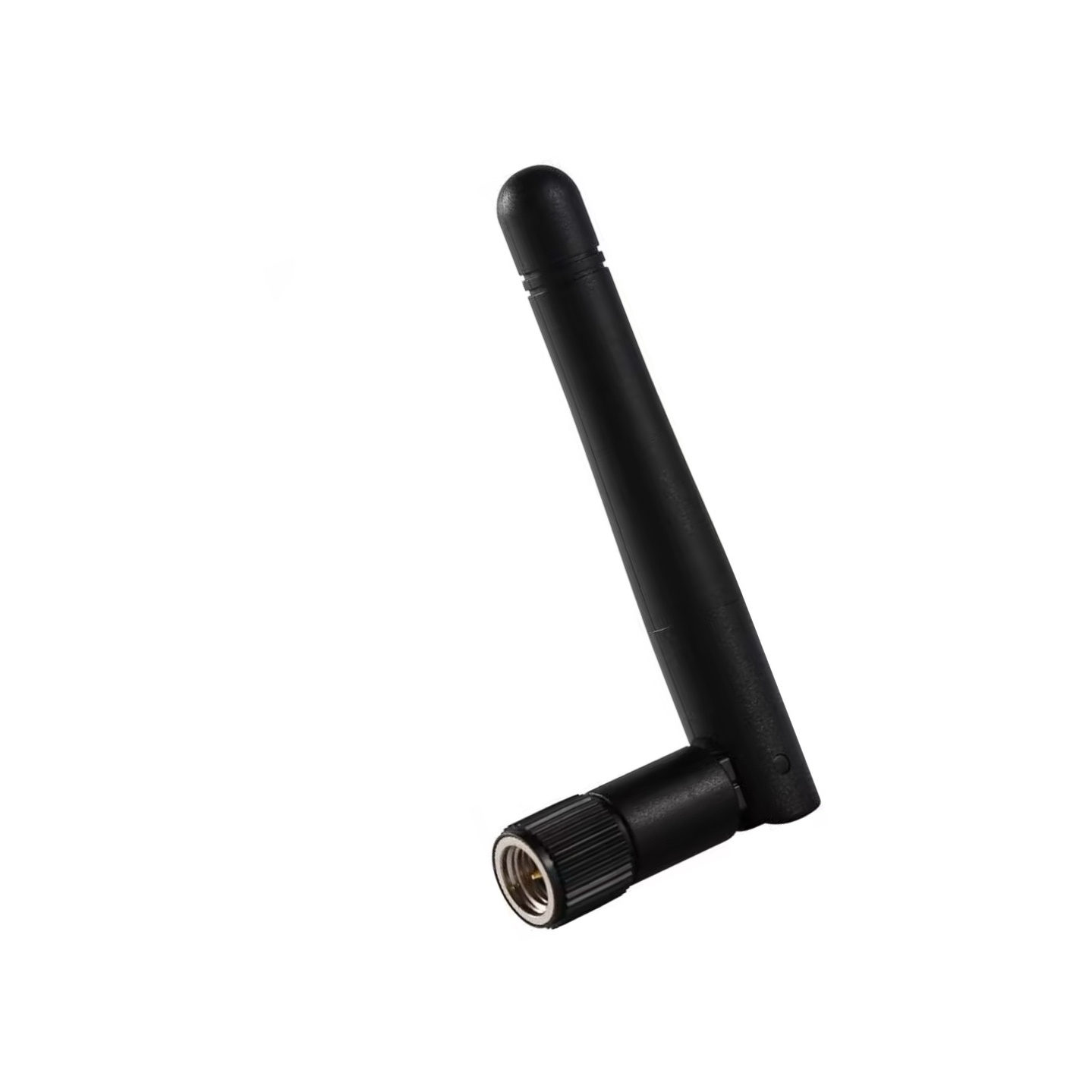- Home
- Service
- Product Center
- Application
- About Us
- Videos
- News
- Contact Us



A magnetic mount NB-IoT antenna is a specialized antenna for NB-IoT devices, featuring a magnetic base that allows quick and secure attachment to iron metal surfaces without drilling, making it ideal for temporary deployment and mobile use. It typically supports multiple frequency bands for compatibility with various NB-IoT communication protocols, adopts a high-gain design to enhance signal strength and transmission distance, and some models offer wide frequency coverage compatible with other cellular networks in addition to NB-IoT.
External magnetic mount multiband antenna designed for 5G , LTE, and cellular IoT (LTE-M, NB-IoT) applications. Provide a ground plane independent dipole antenna solution which mounts to ferrous metallic surfaces using the integrated magnetic base. The antenna terminates in an SMA plug (male pin) connector on a 1 meter RG-174/U coaxial cable.

Convenient Installation: Equipped with a magnetic base, it can be quickly and firmly attached to iron metal surfaces (such as vehicle roofs, iron frames, or drone ground station brackets). This installation method eliminates the need for drilling or other complex operations, making it ideal for temporary deployment and mobile applications.
Good Compatibility: Generally supports multiple frequency bands to adapt to different NB-IoT communication protocols. For example, some antennas cover frequency bands like 840/868/902-928MHz/915MHz, which can well match mainstream NB-IoT networks in various regions.
High Gain: Often adopts a high-gain design to enhance signal strength and transmission distance. For instance, some high-gain magnetic mount NB-IoT antennas offer a gain of up to 12dBi, enabling stable data transmission even at a distance of 1.8 kilometers in open suburban areas—far outperforming ordinary antennas.
Wide Frequency Coverage: Some models not only support NB-IoT bands but also cover other cellular network frequencies. For example, the ANT-5GW-MMG1-SMA antenna launched by TE Connectivity supports a frequency range of 617MHz to 4200MHz, covering 8 core bands, and is compatible with NB-IoT as well as 5G/4G/3G/2G networks.
| Frequency Range(MHz) | 880-960 & 1710-1880 Mhz |
| Impedance(Ω) | 50 |
| Gain | 2 |
| V.S.W.R | ≤ 2.0 |
| Connector Type | SMA |
| Max. Power | 50 W |
Outdoor Operations: It is widely used in outdoor scenarios such as agricultural inspections, logistics tracking, and field surveys. For example, in agricultural inspections, it can be installed on drones or agricultural vehicles to transmit data such as crop growth status and soil moisture in real-time.
Remote Monitoring: It is suitable for remote monitoring systems, such as environmental monitoring in the wild and equipment monitoring in remote areas. The magnetic mount antenna can quickly establish a communication connection to ensure the stable transmission of monitoring data.
A: Ensure the installation surface is a clean, flat ferrous metal. Clean off dust and oil before attaching the antenna. If the surface is uneven, use a non-slip gasket to improve fit, or use the included screws for auxiliary fixation if necessary.
A: Confirm the core frequency bands of the local NB-IoT network before purchase and select an antenna that supports those bands. If already purchased, contact the supplier to replace it with a frequency-compatible model, or optimize signal by adjusting the installation position (e.g., elevating the antenna or avoiding obstructions).
A: Signal performance is affected by installation environment (obstructions, interference), device power, and network coverage. Ensure the antenna is positioned with no obstructions, away from metal barriers and strong interference sources (e.g., frequency converters, high-power electrical appliances), and verify that the antenna impedance is correctly matched to the device.
A: Qualified products typically have an IP65 or higher waterproof and dustproof rating, enabling them to withstand sunlight, rain, and extreme temperatures. No additional protection is needed—simply avoid scratches to the antenna housing and cables, and regularly check that cable connectors are secure.
A: Excessively long cables cause signal attenuation, while overly short cables limit installation flexibility. It’s recommended to use the manufacturer’s standard cable length. Do not cut or extend the cable independently. If adjustment is necessary, use a coaxial cable of the same specification with low loss and ensure secure connector connections.
A: Purchase a corresponding interface adapter (e.g., SMA-to-TS9 adapter). Ensure the adapter’s impedance matches the antenna and device (usually 50Ω) to avoid signal loss or unstable connections.
